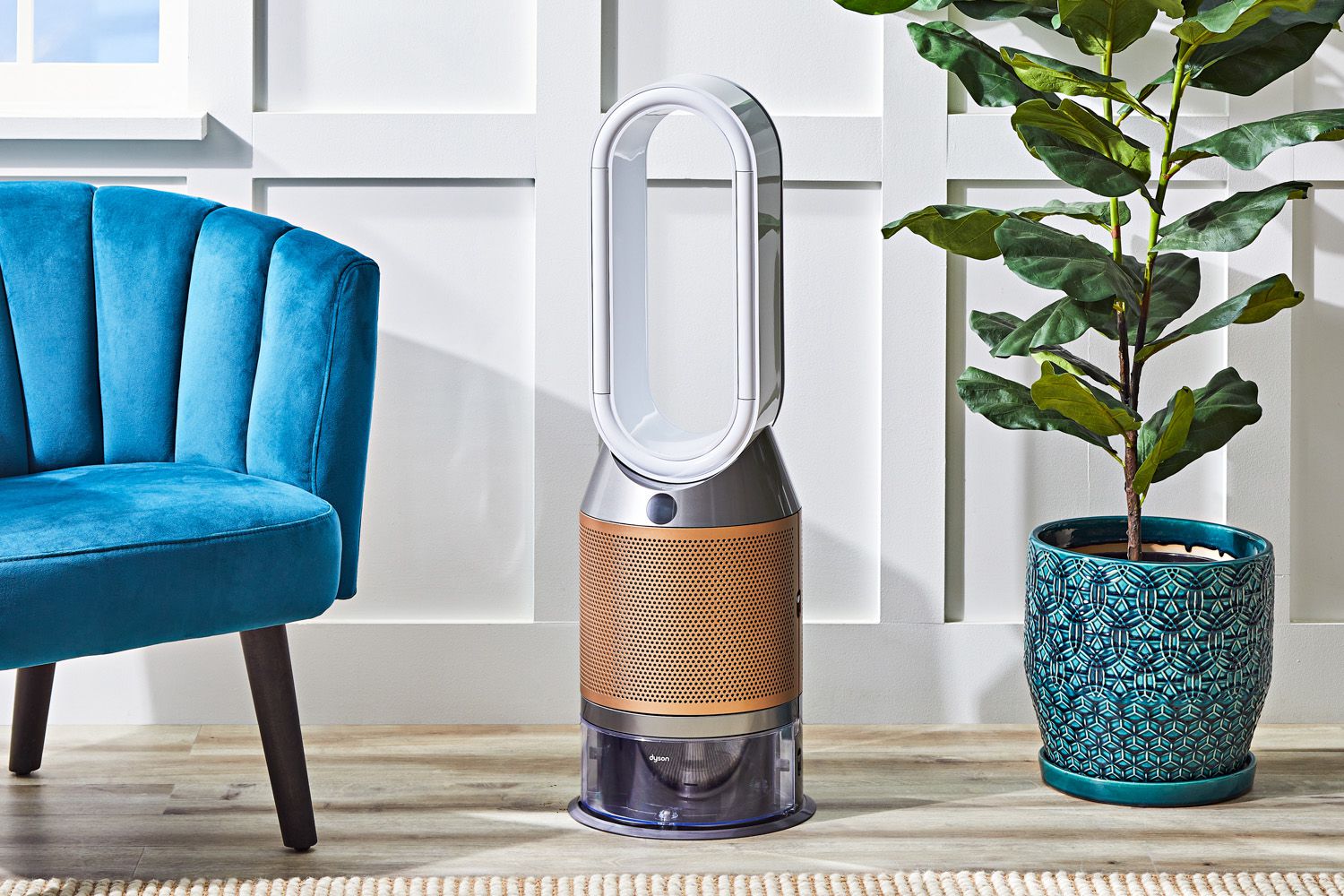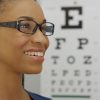- Empty cart.
- Continue Shopping
How to Choose the Right Air Purifier for Allergies

For individuals with allergies, finding relief from airborne irritants is paramount to maintaining good health and well-being. An effective air purifier can make a significant difference in reducing allergens in your indoor environment.
Identifying Your Allergen Triggers
1. Understanding Allergen Sources
Different purifiers are designed to target specific allergens. Common triggers include dust mites, pollen, pet dander, mold spores, and smoke. Identifying your specific allergen triggers will guide you in choosing the most appropriate purifier.
2. Size of Particles
Consider the size of the particles you want to filter out. HEPA filters are highly effective at capturing particles as small as 0.3 microns, which includes most common allergens. If you have specific concerns about smaller particles, consider a purifier with additional filtration technology.
Selecting the Right Type of Air Purifier
3. HEPA Filtration
High-Efficiency Particulate Air (HEPA) filters are renowned for their exceptional allergen-capturing capabilities. Look for purifiers with True HEPA filters for optimal performance.
4. Activated Carbon Filters
Activated carbon filters excel at neutralizing odors and trapping gases. If odors or chemical sensitivities are among your allergy triggers, consider a purifier with a quality activated carbon filter.
5. UV-C Technology
UV-C technology uses ultraviolet light to kill airborne bacteria, viruses, and mold spores. While not a replacement for filtration, it can be a valuable addition, especially for those with respiratory conditions.
6. Ionic Purifiers
Ionic purifiers release charged ions that attach to particles, causing them to settle. While they can be effective, they may produce ozone, which can be a respiratory irritant. Look for purifiers that are ozone-free if you choose this type.
Evaluating Room Size and Airflow
7. Coverage Area
Ensure the purifier is appropriately sized for the room it will be placed in. Manufacturers provide specifications on the square footage their purifiers can effectively cover. Choosing a purifier with the right coverage area is crucial for maximum efficiency.
8. Air Exchange Rate
Consider how many times the purifier can exchange the air in the room per hour (ACH). A higher ACH indicates a more efficient purifier. For allergy relief, aim for at least 4-6 ACH.
Noise Levels and Operating Costs
9. Noise Levels
Consider where you plan to place the purifier. If it will be in a bedroom or a shared living space, look for a model with lower decibel levels, ensuring it won’t disrupt your daily activities or sleep.
10. Operating Costs
Factor in the cost of replacement filters and energy consumption. Opt for a purifier with readily available, reasonably priced filters, and choose an energy-efficient model to minimize long-term costs.
Additional Features and Considerations
11. Filter Replacement Indicators
Look for purifiers with filter replacement indicators. These convenient features will notify you when it’s time to replace the filters, ensuring optimal performance.
12. Certifications and Reviews
Seek purifiers that are certified by reputable organizations like the Asthma and Allergy Foundation of America (AAFA) or endorsed by independent reviewers. This provides assurance of their effectiveness in reducing allergens.
Conclusion
Selecting the right air purifier for allergies is a significant step towards creating a healthier indoor environment. By considering allergen sources, filtration technology, room size, and additional features, you can make an informed choice that provides you with relief from allergens and promotes a higher quality of life. Remember, investing in the right purifier is an investment in your health and well-being.








